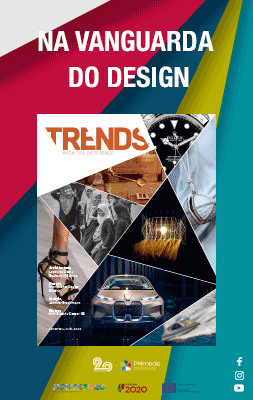
The difficulties faced by the art community in Africa is not a recent problem. Lack of support from governments and pseudonyms that do not reveal the true identity of the artist are some of the aspects that may be related to health of art in Africa. But in the face of such a negative scenario, defence barriers are surfacing. Intergenerational exchanges between emerging and established artists are now a reality, evidenced by the sharing of knowledge and experiences and, broadly speaking, artists have been coming together in order to internationalise their art. One example of this is Kúdia Narciso. Some people work five days a week, but not him. Of Angolan roots, the artist dedicates all his days to art. He finds a reason that keeps him going in everything he sees and feels. Narciso does not search for the art you find in dictionaries, but the one that scours the past and takes another shape in the future. Even in the search for perfection, the artist keeps himself simple on the inside.
His real name is Norberto Narciso, but he ensures that there is no line that separates him from his pseudonym. He has sought to open horizons with the trips he has made, to compensate for the eight years of schooling he was allowed to attend. Brazil, Spain and South Africa. He travelled around, absorbing what the wind, the sea, the people and the architecture transmitted to him. When he returned to Angola, he came across some contrasts that were not visible to him when he had left the country, so he was «surprised to see a reality that might no longer exist». Meanwhile, life took it upon itself to show him another world apart from art. The Church and his job as a customs accountant became his life, although he never stopped making use of his sketchbook.
The dream of one day taking the country beyond its borders
His real name is Norberto Narciso, but he ensures that there is no line that separates him from his pseudonym. He has sought to open horizons with the trips he has made, to compensate for the eight years of schooling he was allowed to attend. Brazil, Spain and South Africa. He travelled around, absorbing what the wind, the sea, the people and the architecture transmitted to him. When he returned to Angola, he came across some contrasts that were not visible to him when he had left the country, so he was «surprised to see a reality that might no longer exist». Meanwhile, life took it upon itself to show him another world apart from art. The Church and his job as a customs accountant became his life, although he never stopped making use of his sketchbook.
The dream of one day taking the country beyond its borders






